ECG Blog #436 — Bigeminy or Alternans?
Ken Grauer, MD
JUNE 27, 2024
He developed cardiac arrest shortly after the ECG in Figure-1 was recorded. Acute myocardial ischemia. Cardiac Sarcoidosis. Primary Cardiac Tumors and/or Cardiac Metastasis. C ASE C onclusion: As noted above — today's patient developed cardiac arrest shortly after arrival in the ED.

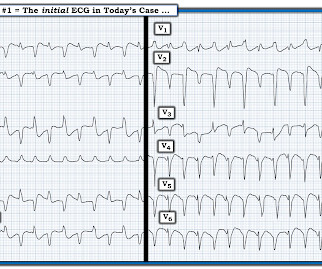
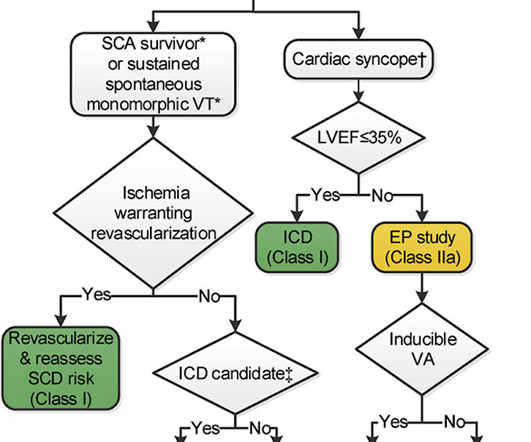
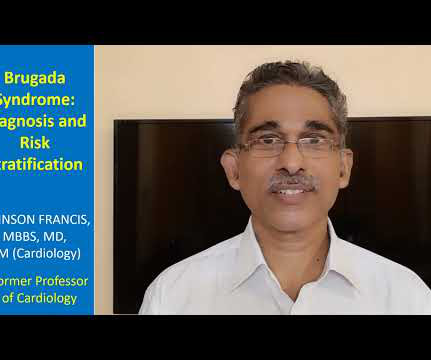
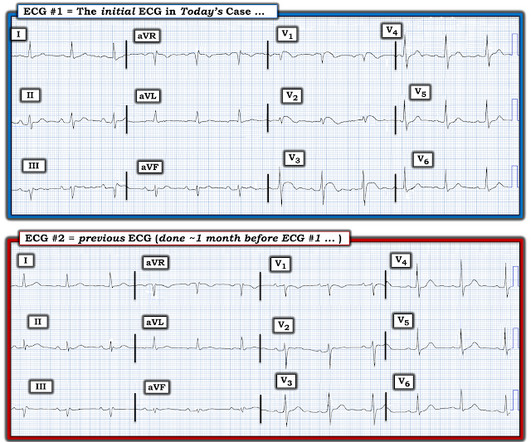
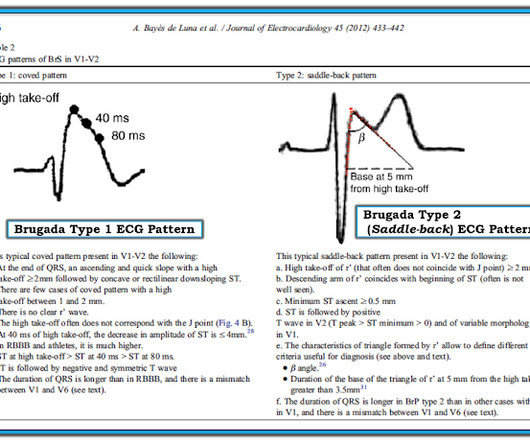







Let's personalize your content